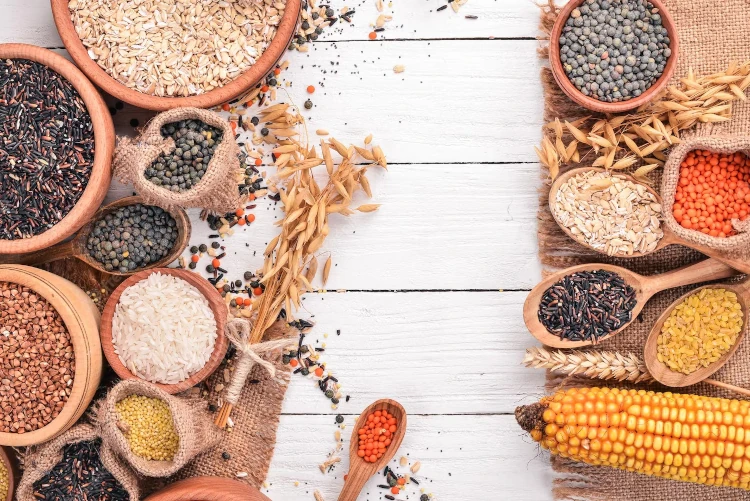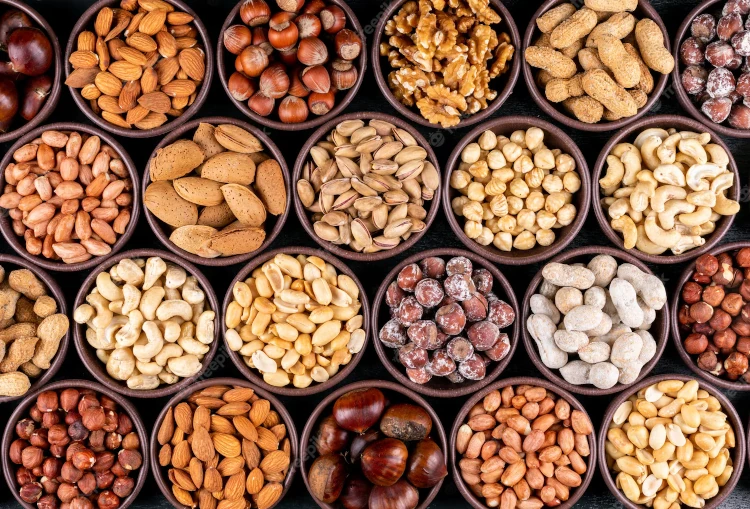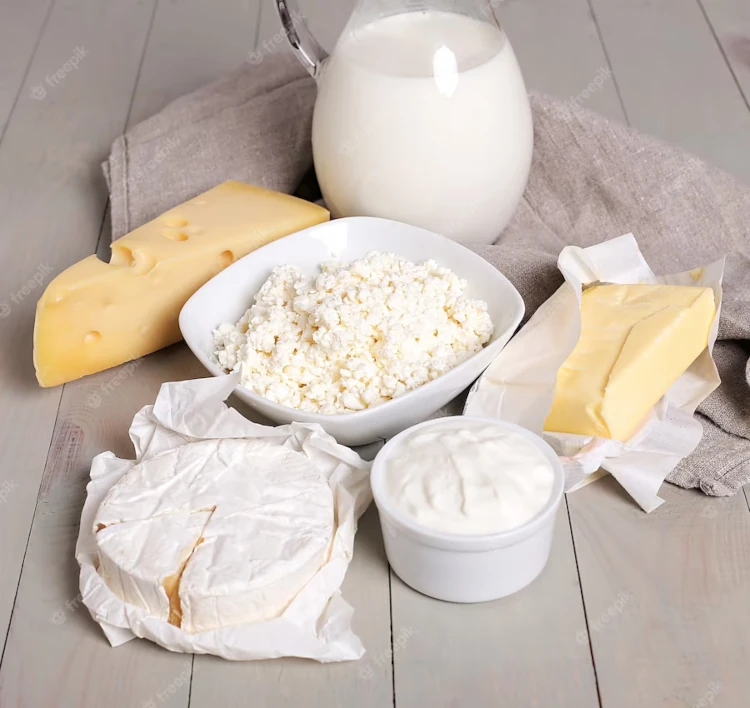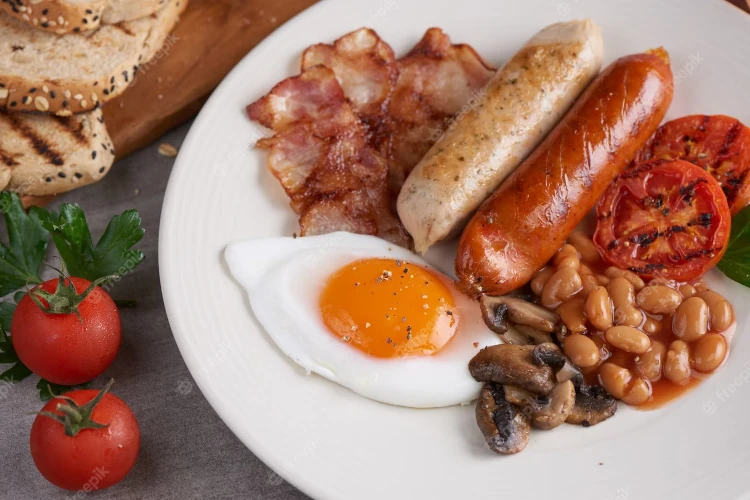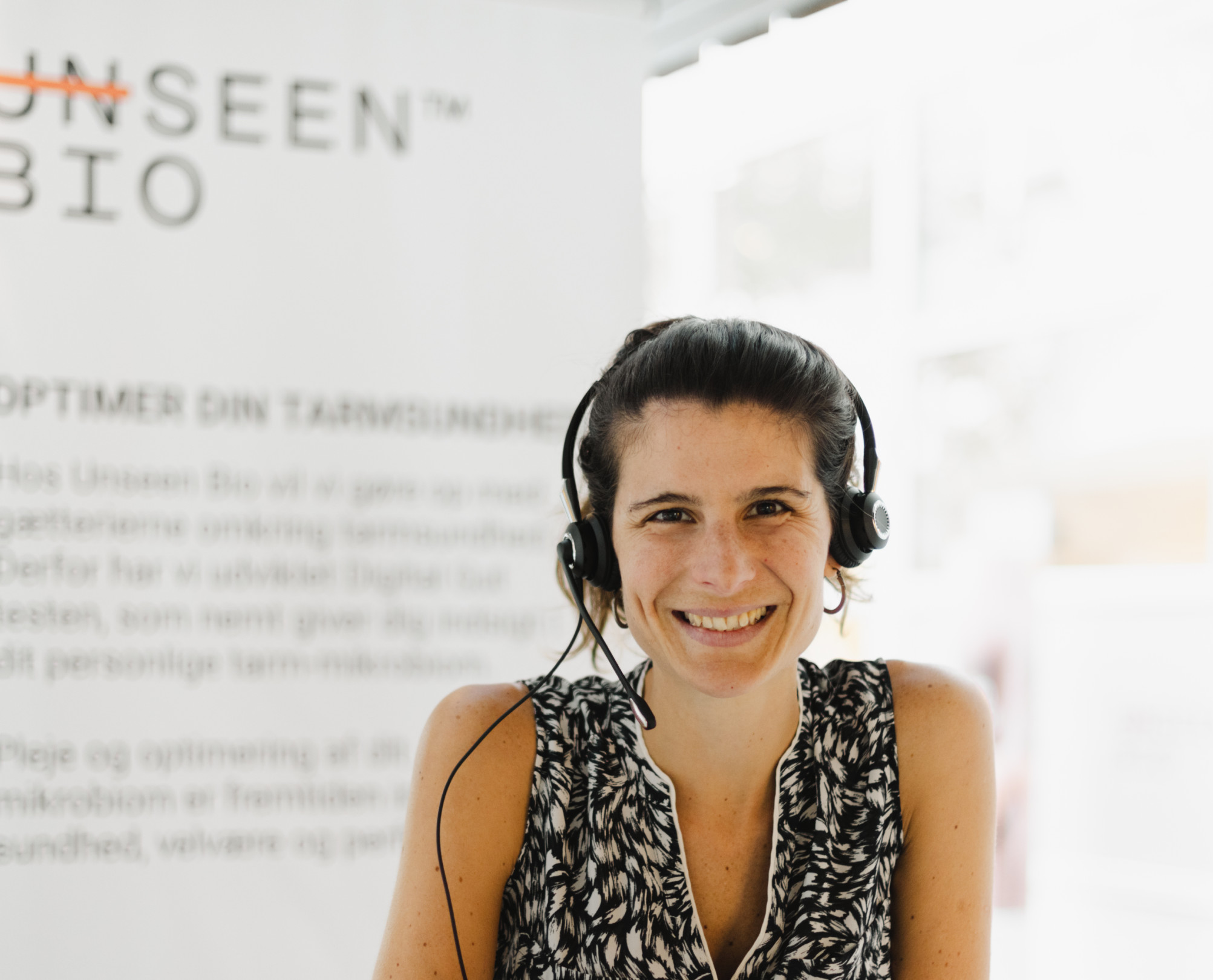
To view the full report and all its modules finish this slideshow or simply scroll down at any point.












Your gut naturally sheds itself.
So, we expect that a part of the DNA in your sample is in fact your own DNA.



The rest belongs to your gut microbiome.
Your gut microbiome consists of all microorganisms that live in your digestive tract.

 0.4
0.4
 99.6
99.6
 99.6
99.6
We can detect the following microbes that make up your gut microbiome:
- Bacteria
- Archaea
- Fungi
DNA that we cannot assign remains as Unassigned.
 99.6
99.6
 74.6
74.6
 25.4
25.4
- Your level of bacterial DNA of 74.6% is inside the reference range.
- Your level of archaeal DNA of <0.1% is inside the reference range.
- Your level of fungal DNA of <0.1% is inside the reference range.
We focus on






Bacteria are the natural inhabitants of your gut.
Most of them break down food components that we cannot digest otherwise.
Our bodies need them to prevent the growth of harmful organisms.
They help to train our immune system, so that it works properly.



Archaea are something like cousins of bacteria that can be found in the intestines of some, but not all, humans.
They have a few distinct abilities:
- They can use the hydrogen produced by bacteria.
- Some of them can produce methane.
Their impact on our health is still being studied, but their abilities have been associated with reduced bloating and slow digestion.



Fungi are also considered normal inhabitants of your gut that can be found in some, but not all, humans.
They are involved in digestive and immune functions and contribute to a balanced ecosystem in your gut.
We have detected 1240 unique species of bacteria, 10 species of archaea and 2 species of fungi in your gut microbiome.







 Low Evenness
High Evenness
Low Evenness
High Evenness
- From your consumption of a varied diet,
- from drugs or medication you may take,
- the environment you live in,
- or your body’s own immune response.
- Frequent and fast bowel movements may flush out those that grow slowly.
- Antibiotics or your immune system may remove those that are not resistant.
- A monotonous diet which lacks a variation of nutrients.
- gives you a quick assessment of the state of your gut microbiome, and
- allows for easy comparisons between samples.
- The size of the circle indicates the relative abundance of the species.
- The color indicates how this microbe’s relative abundance compares to the reference group.
- High abundance
- Inside the reference range
- Low abundance
- Outside the reference range
- Harvest energy from our food for us
- Protect against pathogens
- Train our immune system
- Indicate inflammation
- Have the potential to make you sick if your body is weakened
- Could possibly cause disease in healthy people
Fungi are currently not classified as beneficial, non-beneficial or harmful.
They make up only a minority of the gut microbiome and therefore have not been studied as much as bacteria.
From the relative abundance of all microbes in your sample, we try to determine your gut microbiome age.
The results shown here are powered by machine learning. We show the computer lots of examples, and it learns on its own. The more examples it sees, the better it gets at making accurate predictions without explicit instructions.
Every sample we analyse goes to improve our predictions.
We show you the microbiome age with the highest probability here:
You can explore the other probabilities in the Microbiome Age module below.
- You should consult with your GP whether you really need potentially missing probiotics.
- Nothing on this page is meant to be perceived as an approved health claim regarding probiotics.
- increase foods that support a healthy gut microbiome,
- reduce foods that have no benefit or even do harm.
- 4 out of 5 food categories deviated
- 3 out of 3 food categories deviated
- 2 out of 2 food categories deviated
- 3 out of 6 food categories deviated
Generally, you should try to:
- eat more: Whole grain, Olive Oil, Polyphenol Boosters, Fermented Foods, Seafood, Dairy
- eat less: Sweets, cakes and chocolate, Sweet Drinks
More specifically, you should:
-
include:Black BeansIncreases the following microbes:BeneficialRoseburia hominisBrazil NutsIncreases the following microbes:BeneficialAkkermansia muciniphila Alistipes shahii Coprococcus catus Roseburia hominisCannellini BeansIncreases the following microbes:BeneficialRoseburia hominisCashewsIncreases the following microbes:BeneficialAkkermansia muciniphila Alistipes shahii Coprococcus catus Roseburia hominis28 more in full reportChickpeasIncreases the following microbes:BeneficialBifidobacterium adolescentis Bifidobacterium bifidum Bifidobacterium longum Coprococcus catus Faecalibacterium prausnitzii Roseburia hominis Roseburia intestinalisCocoaIncreases the following microbes:BeneficialAkkermansia muciniphilaDecreases the following microbes:Non-BeneficialEnterococcus faecalisCottonseed flourIncreases the following microbes:BeneficialBifidobacterium adolescentis Bifidobacterium bifidum Bifidobacterium longum Faecalibacterium prausnitzii Roseburia intestinalisCrabDecreases the following microbes:Non-BeneficialFusobacterium nucleatumDatesIncreases the following microbes:BeneficialFaecalibacterium prausnitziiFava BeansIncreases the following microbes:BeneficialRoseburia hominisGingerIncreases the following microbes:BeneficialBifidobacterium adolescentis Bifidobacterium bifidum Bifidobacterium longum Faecalibacterium prausnitzii Roseburia intestinalisGrapefruitIncreases the following microbes:BeneficialMethanobrevibacter smithiiHazelnutsIncreases the following microbes:BeneficialAkkermansia muciniphila Alistipes shahii Coprococcus catus Roseburia hominisJuiceKidney BeansIncreases the following microbes:BeneficialRoseburia hominisLobsterDecreases the following microbes:Non-BeneficialFusobacterium nucleatumMung BeansIncreases the following microbes:BeneficialRoseburia hominisMusselsDecreases the following microbes:Non-BeneficialFusobacterium nucleatumOystersDecreases the following microbes:Non-BeneficialFusobacterium nucleatumPapayaIncreases the following microbes:BeneficialFaecalibacterium prausnitziiPeanutbutterPinto BeansIncreases the following microbes:BeneficialRoseburia hominisPistachiosIncreases the following microbes:BeneficialAkkermansia muciniphila Alistipes shahii Coprococcus catus Roseburia hominisDecreases the following microbes:Non-BeneficialEnterococcus faecalisRaisinsIncreases the following microbes:BeneficialFaecalibacterium prausnitziiScallopsDecreases the following microbes:Non-BeneficialFusobacterium nucleatumShrimpDecreases the following microbes:Non-BeneficialFusobacterium nucleatumSoy flourIncreases the following microbes:BeneficialBifidobacterium adolescentis Bifidobacterium bifidum Bifidobacterium longum Faecalibacterium prausnitzii Roseburia intestinalisSquidDecreases the following microbes:Non-BeneficialFusobacterium nucleatumTurmericDecreases the following microbes:HarmfulClostridium difficileWatermelonIncreases the following microbes:BeneficialFaecalibacterium prausnitziiWhite BeansIncreases the following microbes:BeneficialRoseburia hominisWhite WineIncreases the following microbes:BeneficialAkkermansia muciniphilaDecreases the following microbes:Non-BeneficialEnterococcus faecalis
-
avoid:CakeIncreases the following microbes:Non-BeneficialHaemophilus influenzaeDecreases the following microbes:BeneficialFaecalibacterium prausnitziiCamelinaDecreases the following microbes:BeneficialFaecalibacterium prausnitziiCandyIncreases the following microbes:Non-BeneficialHaemophilus influenzaeDecreases the following microbes:BeneficialFaecalibacterium prausnitziiCandybarDecreases the following microbes:BeneficialFaecalibacterium prausnitzii25 more in full reportCanolaDecreases the following microbes:BeneficialFaecalibacterium prausnitziiCauliflowerDecreases the following microbes:BeneficialRoseburia intestinalisChocolate spreadDecreases the following microbes:BeneficialFaecalibacterium prausnitziiCoconut flourIncreases the following microbes:HarmfulClostridium difficileCoffeeCoffee with sugarDecreases the following microbes:BeneficialFaecalibacterium prausnitziiCookiesDecreases the following microbes:BeneficialFaecalibacterium prausnitziiDuckIncreases the following microbes:Non-BeneficialHaemophilus influenzaeDecreases the following microbes:BeneficialCoprococcus catusEnergy DrinksDecreases the following microbes:BeneficialFaecalibacterium prausnitziiFlaxDecreases the following microbes:BeneficialFaecalibacterium prausnitziiGarden Cress SeedsDecreases the following microbes:BeneficialFaecalibacterium prausnitziiGooseIncreases the following microbes:Non-BeneficialHaemophilus influenzaeDecreases the following microbes:BeneficialCoprococcus catusGranola BarsDecreases the following microbes:BeneficialFaecalibacterium prausnitziiGreen BeansDecreases the following microbes:BeneficialRoseburia intestinalisIce CreamDecreases the following microbes:BeneficialFaecalibacterium prausnitziiLupineIncreases the following microbes:HarmfulAeromonas caviae Aeromonas hydrophila Campylobacter jejuniPerillaDecreases the following microbes:BeneficialFaecalibacterium prausnitziiPorkIncreases the following microbes:Non-BeneficialHaemophilus influenzaeHarmfulClostridium difficile Salmonella entericaDecreases the following microbes:BeneficialCoprococcus catusSeed OilDecreases the following microbes:BeneficialFaecalibacterium prausnitziiSheep meatIncreases the following microbes:Non-BeneficialHaemophilus influenzaeDecreases the following microbes:BeneficialCoprococcus catusSnow peasDecreases the following microbes:BeneficialRoseburia intestinalisSoft DrinksIncreases the following microbes:Non-BeneficialHaemophilus influenzaeDecreases the following microbes:BeneficialFaecalibacterium prausnitziiSweet potatosDecreases the following microbes:BeneficialRoseburia intestinalisTea with sugarDecreases the following microbes:BeneficialFaecalibacterium prausnitziiYoghurt with sugarDecreases the following microbes:BeneficialFaecalibacterium prausnitzii
- Housekeeping and care
- Leisure
- Sports and exercise
- Work
- Stand at work instead of sitting down.
- Choose to take the stairs.
- Walk or cycle instead of driving.
- resemble the microbiomes of obese people
- resemble those who have conditions such as inflammatory bowel disease
- Try to sleep at least between 7 and 8 hours a day.
- Try to go to bed around the same time every day.
- Avoid exposure to blue light within 1-2 hours of your bedtime.
- Don't consume caffeine late in the day.
- Avoid big meals at night.
- Outside,
- In contact with nature,
- With other animals.

